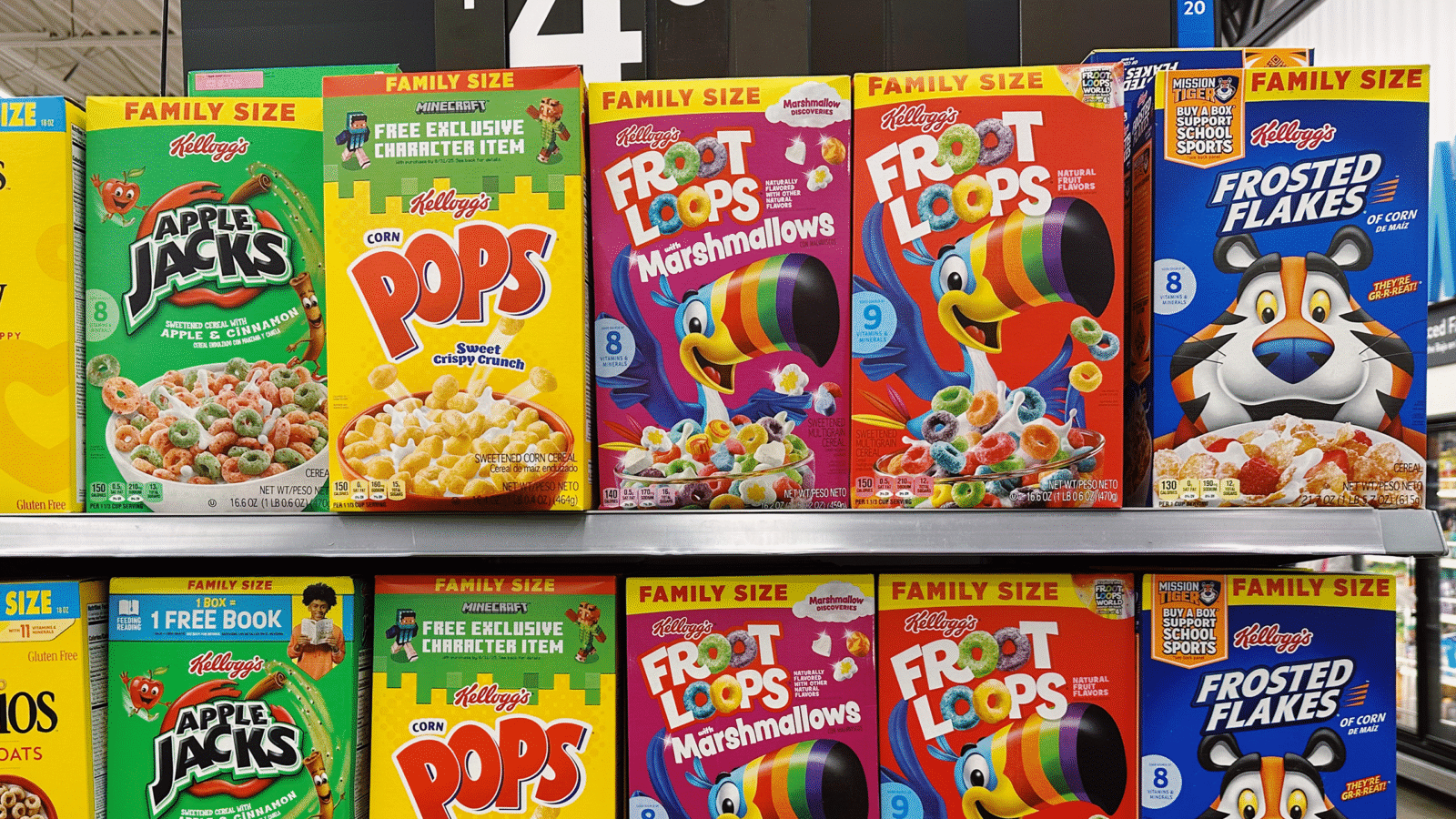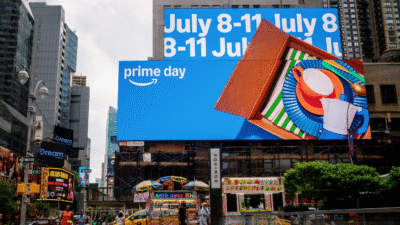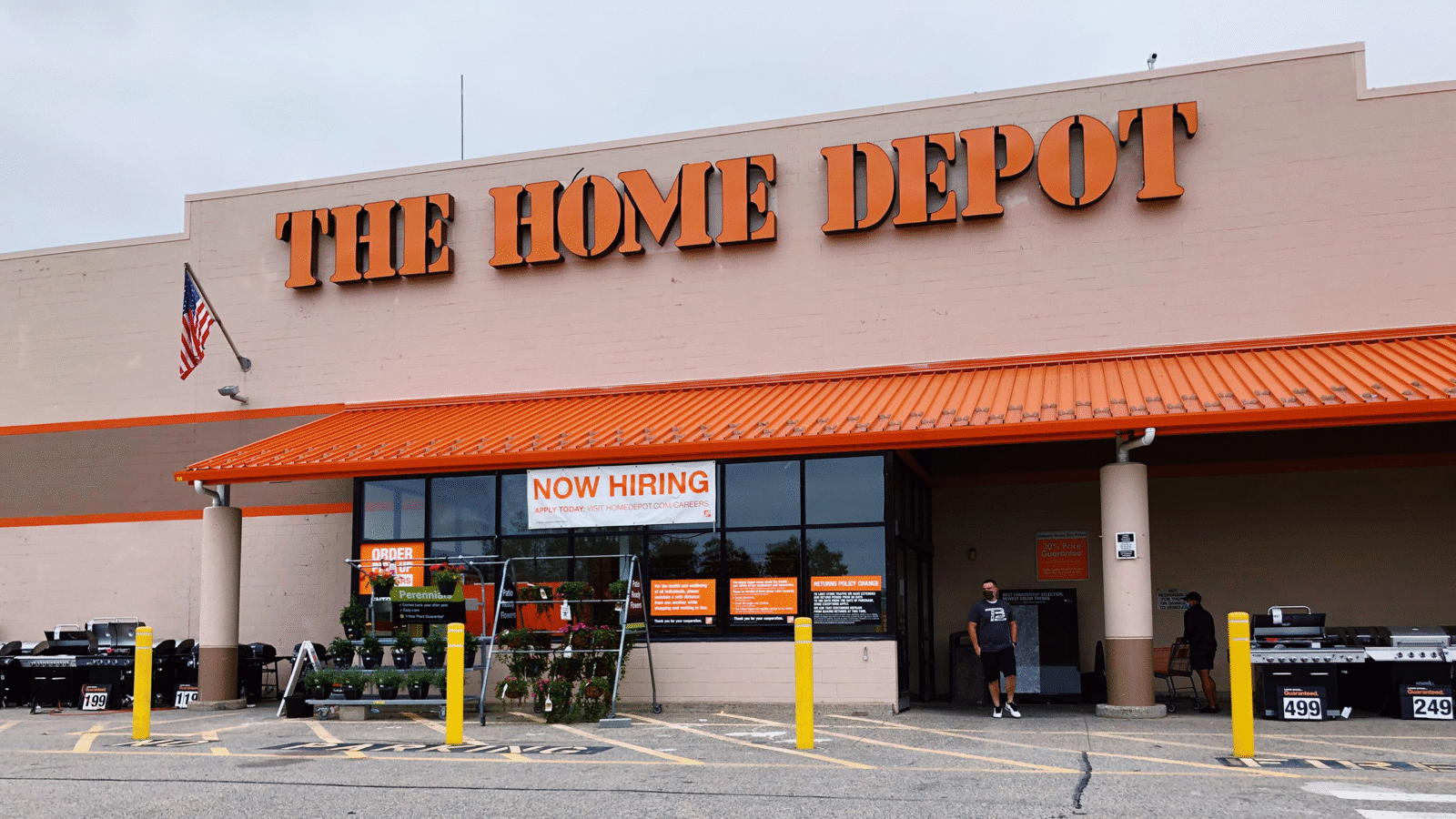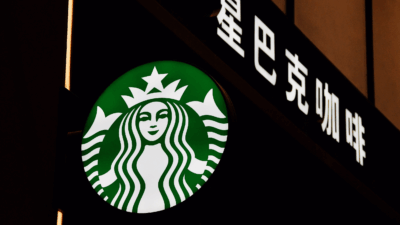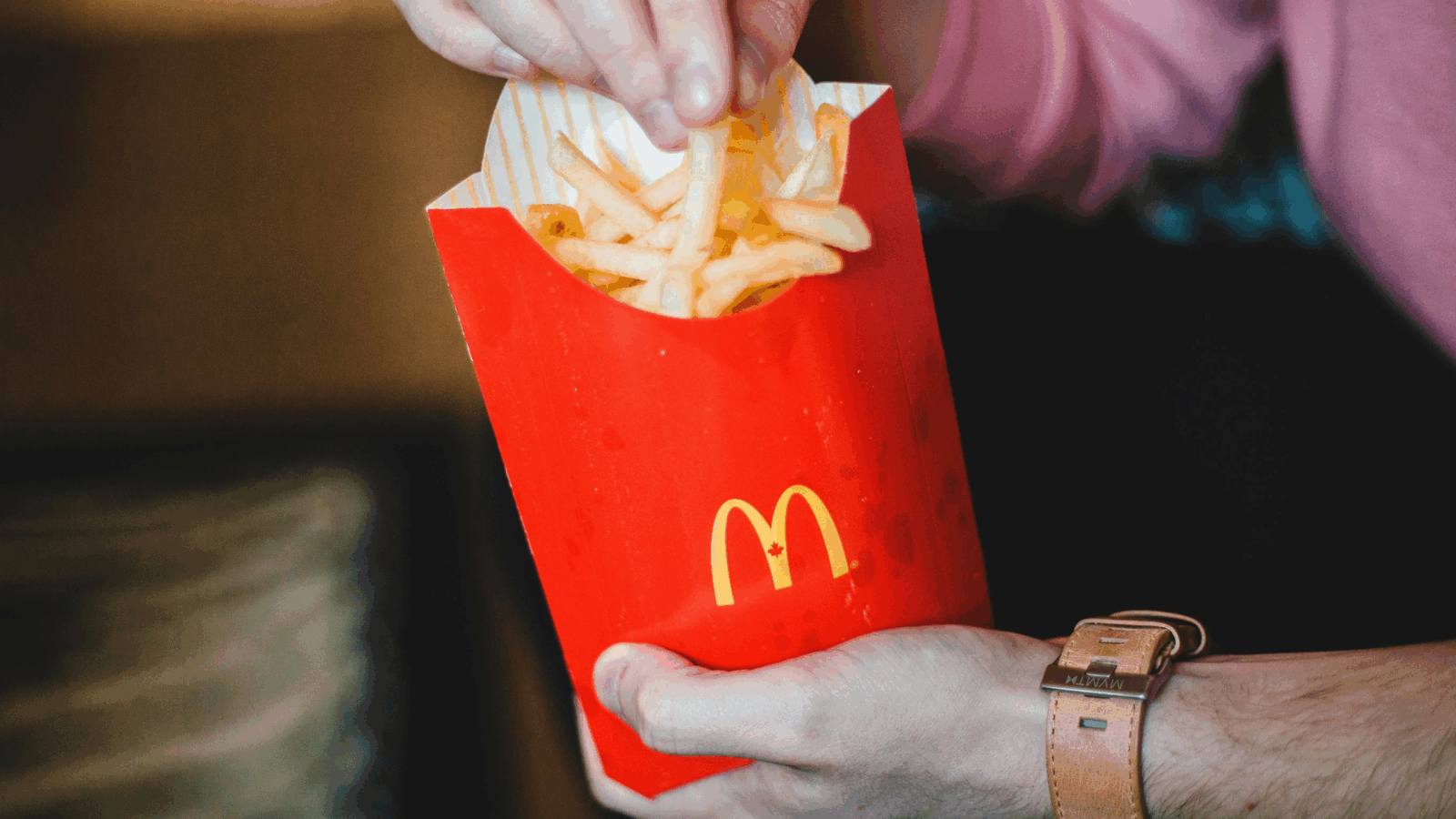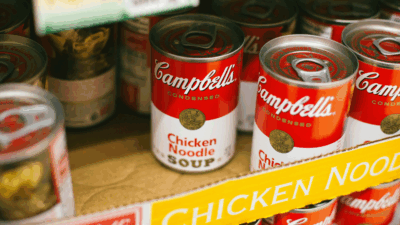Fast-Food Enters the MAHA Era
The American people may have voted to Make America Healthy Again at the ballot box. But how are they voting with their wallets?
Sign up for smart news, insights, and analysis on the biggest financial stories of the day.
The boss loves his Big Macs, KFC, and Diet Coke, but incoming Health and Human Services (HHS) Secretary Robert F. Kennedy Jr., has long had the fast-food industry in his crosshairs. “Just poison,” was how Kennedy described President Donald Trump’s diet preferences.
The Kennedy scion, officially approved by the Senate on Thursday morning, stepped into his new role just as the nation’s major fast-food chains report their latest batch of quarterly earnings. The American people may have voted to Make America Healthy Again at the ballot box. But how are they voting with their wallets?
The Invaluable Value Menu
The MAHA movement’s long list of criticisms of the fast-food industry range from the reasonable — like pointing out that McDonald’s fries in the US have 11 ingredients, compared with just three in the UK — to the much more disputable, such as claiming that vegetable oils, sometimes called seed oils, are unhealthy, despite health experts insisting that the science says otherwise. (And that’s not to mention the movement’s extreme vaccine skepticism, which may have played a role in an ongoing measles outbreak in a West Texas county where the vaccination rate is far below the level experts say is effective).
But MAHA doesn’t appear to be creating headwinds for the industry just yet. In the war between “healthy” and “affordable,” the latter seems to be winning out — for the most part:
- Wendy’s share price popped nearly 4% Thursday on an earnings beat, with same-store sales in the US growing 4.1% in the fourth quarter. That mirrors a similar beat by RBI on Wednesday, which attributed same-store sales growth of 2.5% in the quarter to the strength of its Popeyes and Burger King brands.
- McDonald’s on Monday reported something of a mixed bag, with US sales down due to an E. coli outbreak — despite its value menu deals pulling in higher traffic. Yum Brands scored a week ago thanks to a 5% increase in same-store sales at Taco Bell, hardly anyone’s idea of healthy eating.
“Consumers are still fixated on value,” R.J. Hottovy, head of analytical research at Placer.ai, told The Daily Upside. “Where we’re seeing kind of the separation on this is it’s the chains that have been able to innovate at that value price point” — noting menu innovation at Taco Bell.
New Year, New Me: Whether the industry faces increased regulation courtesy of MAHA remains an open question. But consumers aren’t unaware of health trends, they just happen to be cyclical, Hottovy says: “This time of year, we typically do see a shift towards healthier and better-for-you products.” Fast-foods’ bigger threat right now is grocery chains that are offering consumers more bang for their buck, he added. Depending on what gets plucked from the supermarket shelves, that might be healthier than a Whopper anyway.

